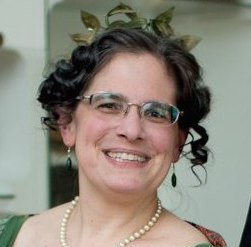Keeping with the foxtrot theme, here's one more little sequence for foxtrot or one-step from Edna Stuart Lee's Thirty Fox Trot Steps (New York, 1916). Despite its overt simplicity, it actually manages to present a minor reconstruction issue! As for the name…well, to be perfectly honest, I see absolutely no connection here to the minuet, any more than I do with Newman's Minuet Tango. There seems to have been some concept of "minuet" in the 1910s which I have completely failed to grasp.
The gentleman's steps are given; the lady dances opposite. The dancers begin in normal ballroom hold, the gentleman facing forward along line of dance and the lady backward.

